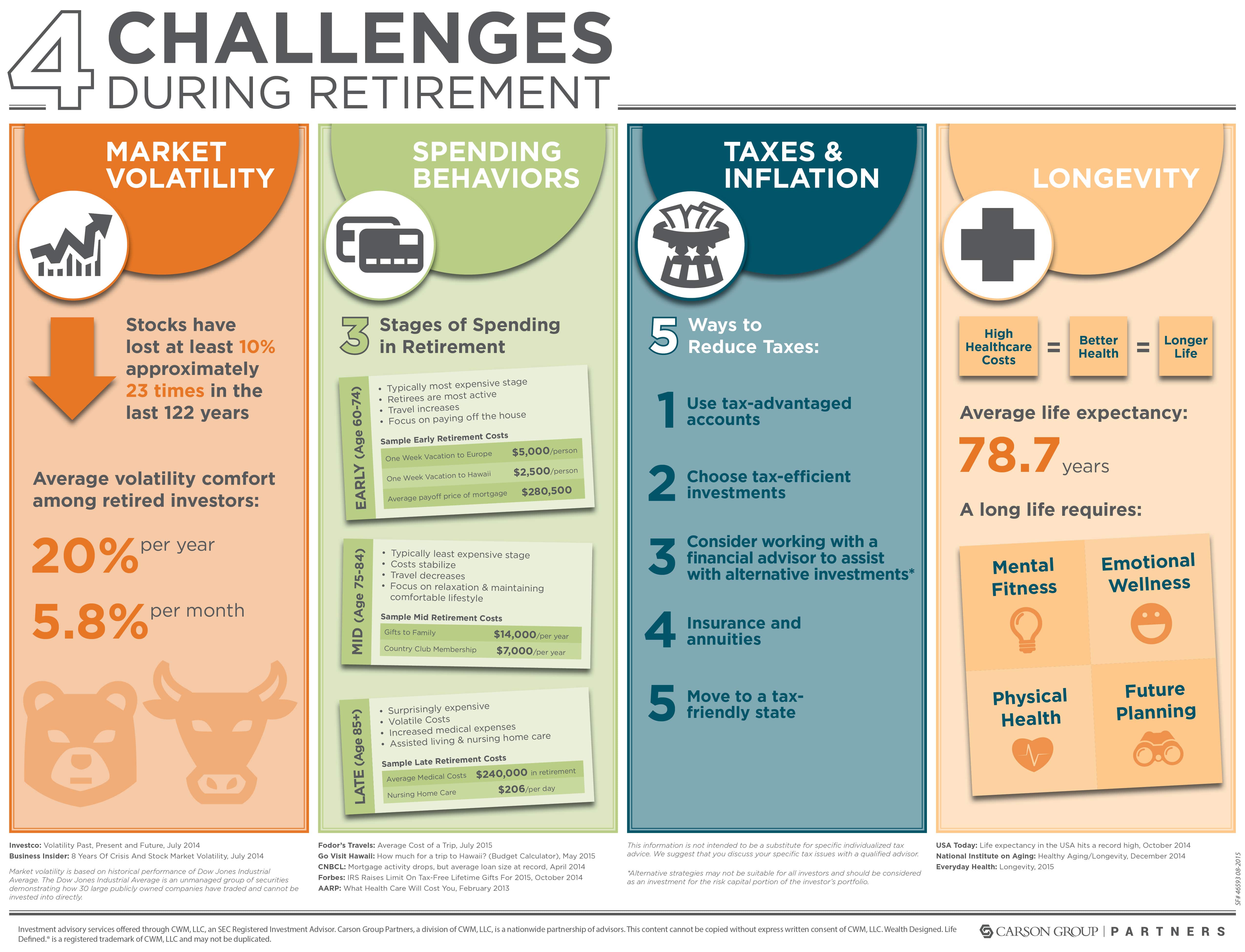Trick Insights Into Subdivision Bonds Within The Real Estate Industry
Trick Insights Into Subdivision Bonds Within The Real Estate Industry
Blog Article
Web Content Writer-Greenwood Roche
When it comes to navigating the intricacies of the property sector, understanding the ins and outs of neighborhood bonds is vital. From making certain conformity with regional regulations to meeting facilities commitments, these bonds hold significant importance in development projects. Yet just what are the intricate information behind community bonds and how do they effect various stakeholders in the property field? Let's reveal the essentials that can assist you make notified choices and successfully navigate the realm of class bonds in real estate.
Objective of Class Bonds
Comprehending the function of subdivision bonds is important for real estate programmers intending to adhere to local guidelines and ensure financial responsibility. These bonds act as a form of guarantee to neighborhood communities that the essential infrastructure improvements will be completed by the designer.
By posting a subdivision bond, you're basically assuring to finish the required public enhancements, such as roadways, sidewalks, and utilities, within the specified duration.
As a designer, securing a subdivision bond shows your dedication to fulfilling your obligations and securing the area's rate of interests. It offers assurance to the local government that the recommended community won't come to be a problem on taxpayers if the job is left unfinished. In addition, having a subdivision bond in position can boost your credibility in the industry and build trust fund with stakeholders.
Types of Neighborhood Bonds
Differentiate in between the numerous types of subdivision bonds to identify which finest suits your project's needs. There are three major kinds of class bonds commonly made use of in the realty industry: Performance bonds, settlement bonds, and upkeep bonds.
Performance bonds ensure that the designer finishes the class based on the accepted plans and laws. If the developer falls short to do so, the bond will cover the expenses to complete the task. Repayment bonds ensure that all subcontractors and suppliers are paid for their deal with the community. If https://howdoistartanonlinebusine84051.idblogz.com/36036139/improve-project-end-results-and-ensure-specialist-obligation-by-carrying-out-efficiency-bonds on payments, this bond provides financial defense to those events. Maintenance bonds, on the other hand, guarantee that the designer keeps the subdivision framework for a specified period after conclusion. This bond covers any type of fixings or maintenance needed throughout that time.
Understanding the differences between these sorts of class bonds is critical in picking the most appropriate one for your details task needs. Each kind serves an unique function and offers various forms of defense, so it's necessary to review your job's needs thoroughly prior to making a decision.
Requirements for Class Bonds
To ensure compliance with laws, programmers looking for class bonds must satisfy particular requirements established by regulatory authorities. These requirements are crucial for the successful issuance of class bonds. Here are https://www.wmbfnews.com/2022/03/04/heinous-form-fraud-florence-couple-accused-covid-19-pandemic-fraud-scheme/ need to meet:
- ** Financial Stability **: You need to demonstrate economic security and the capability to cover the prices associated with the subdivision task.
- ** Experience and Track Record **: Having prior experience in real estate advancement and a positive performance history can boost your opportunities of receiving a class bond.
- ** Conformity with Zoning Laws **: Ensuring that your subdivision plans align with regional zoning regulations and guidelines is necessary for bond authorization.
- ** Environmental Effect Assessment **: In some cases, you might need to conduct an ecological influence assessment to assess the job's impacts on the environment and resolve any kind of concerns.
Meeting these demands is crucial for getting a class bond and progressing with your property advancement task.
Verdict
Since you comprehend the importance of class bonds in the real estate sector, remember that they resemble a safeguard for both developers and areas.
Much like a harness keeps a tightrope pedestrian safe and secure, neighborhood bonds make certain that tasks are completed responsibly and in compliance with regulations.
By choosing the appropriate bond and meeting all demands, you can navigate the property landscape with self-confidence and comfort.
